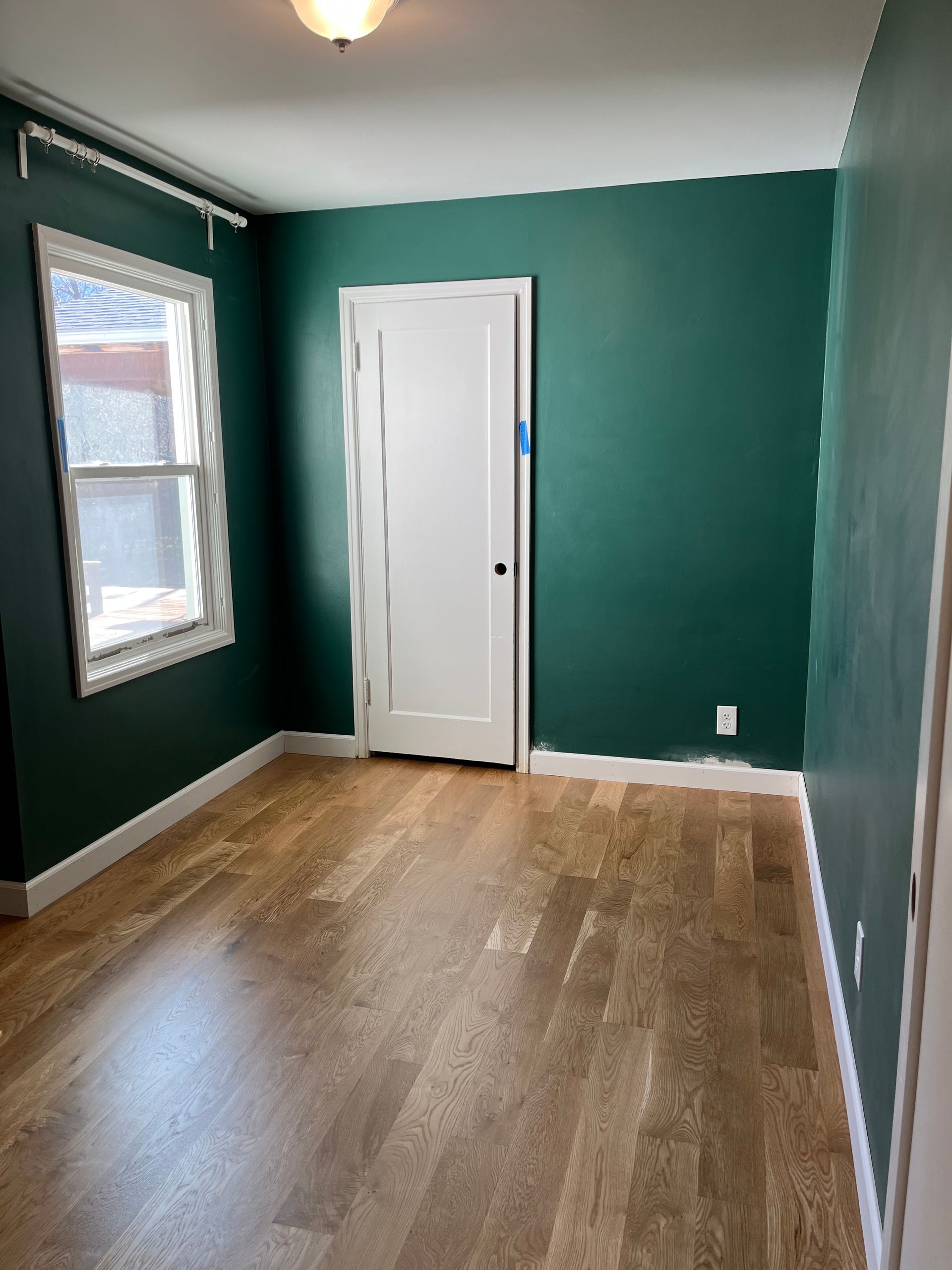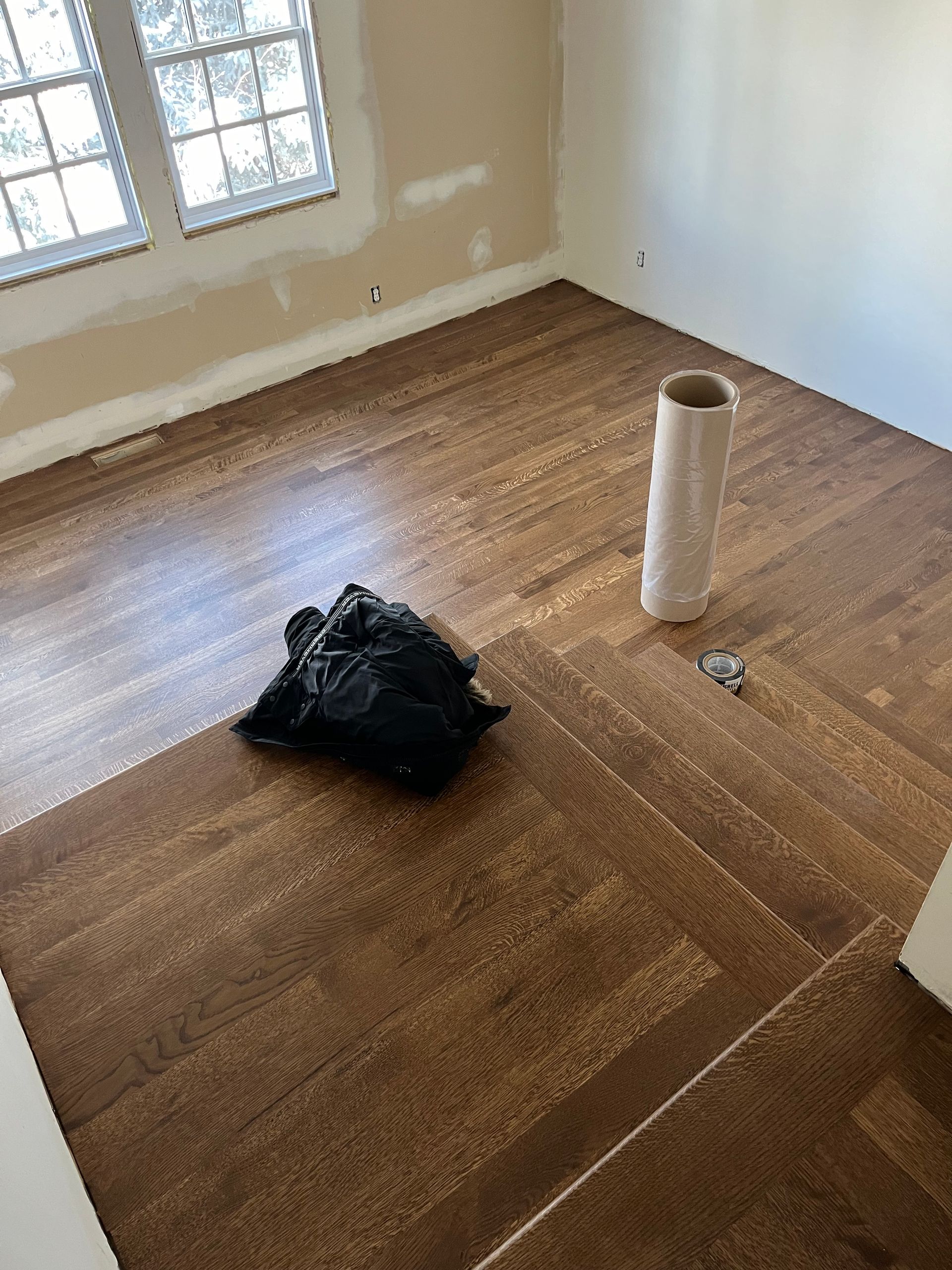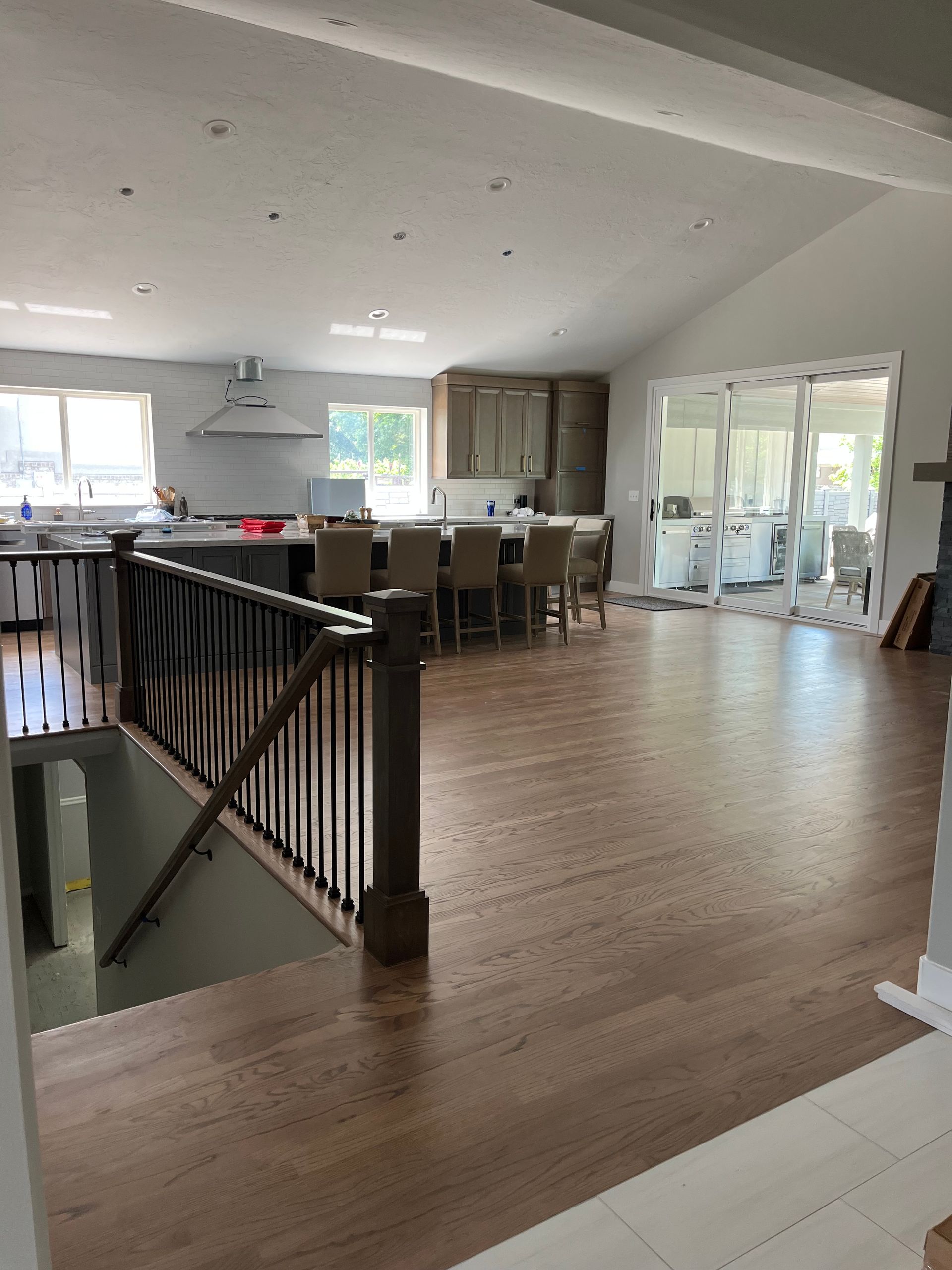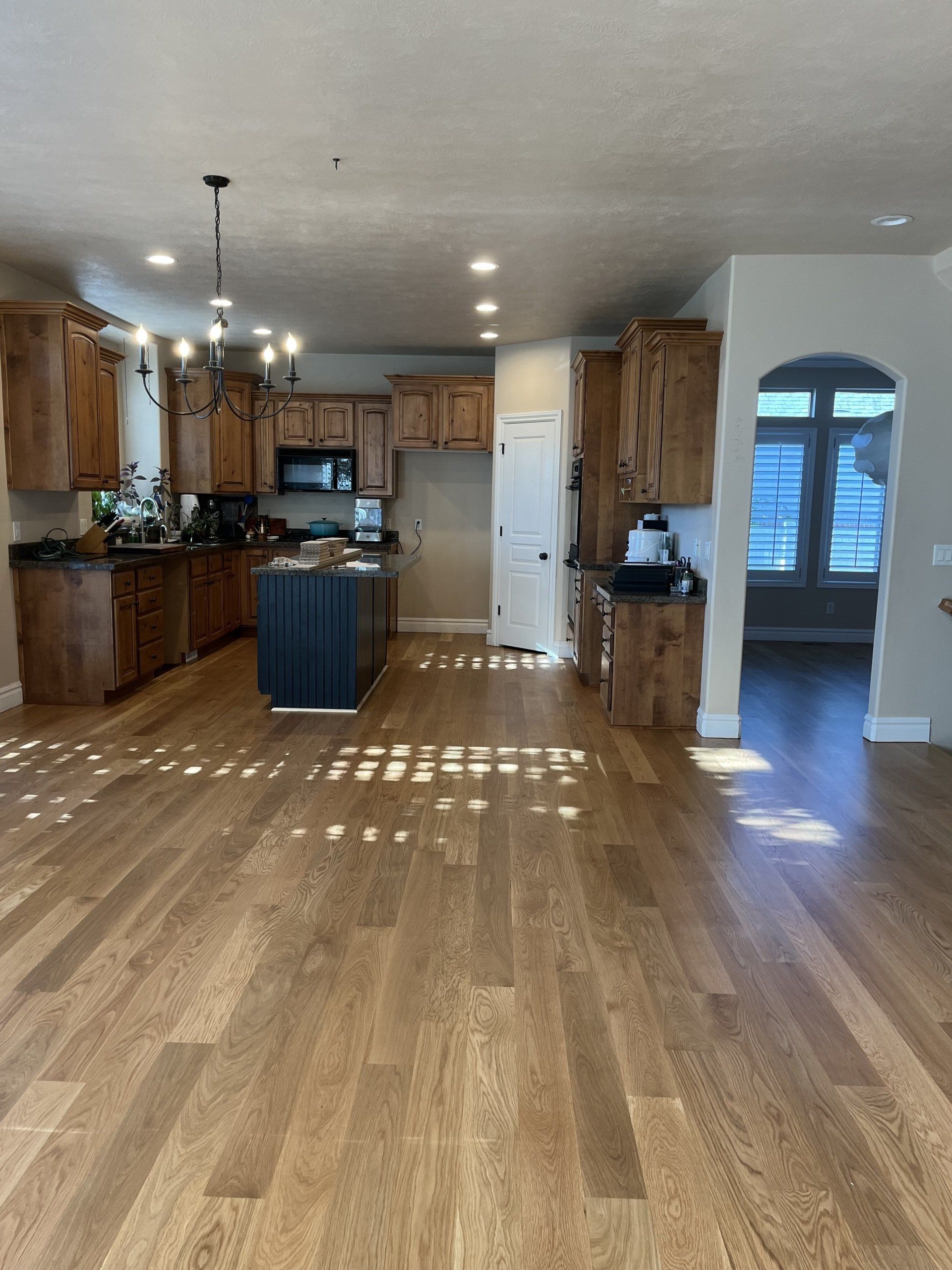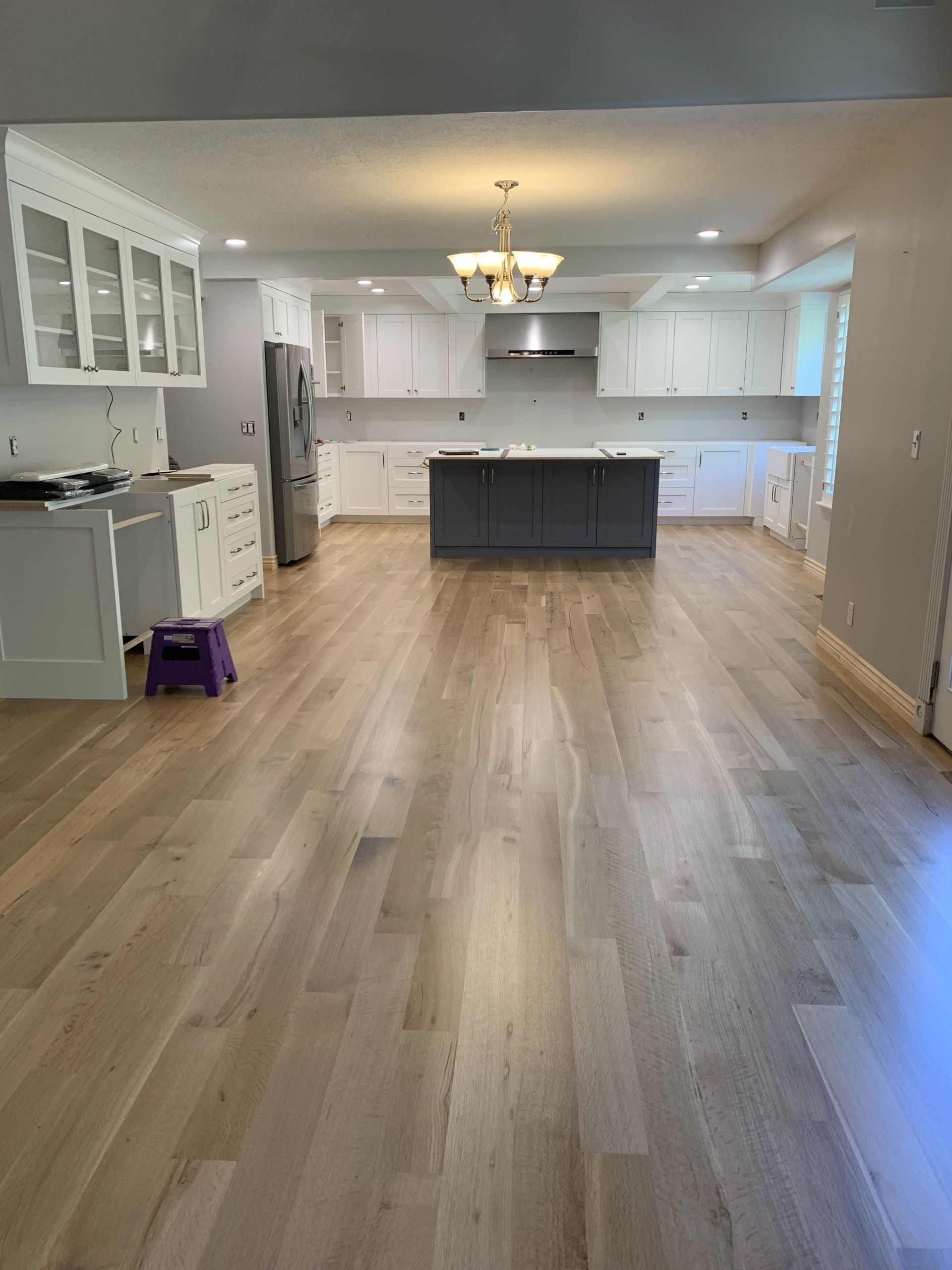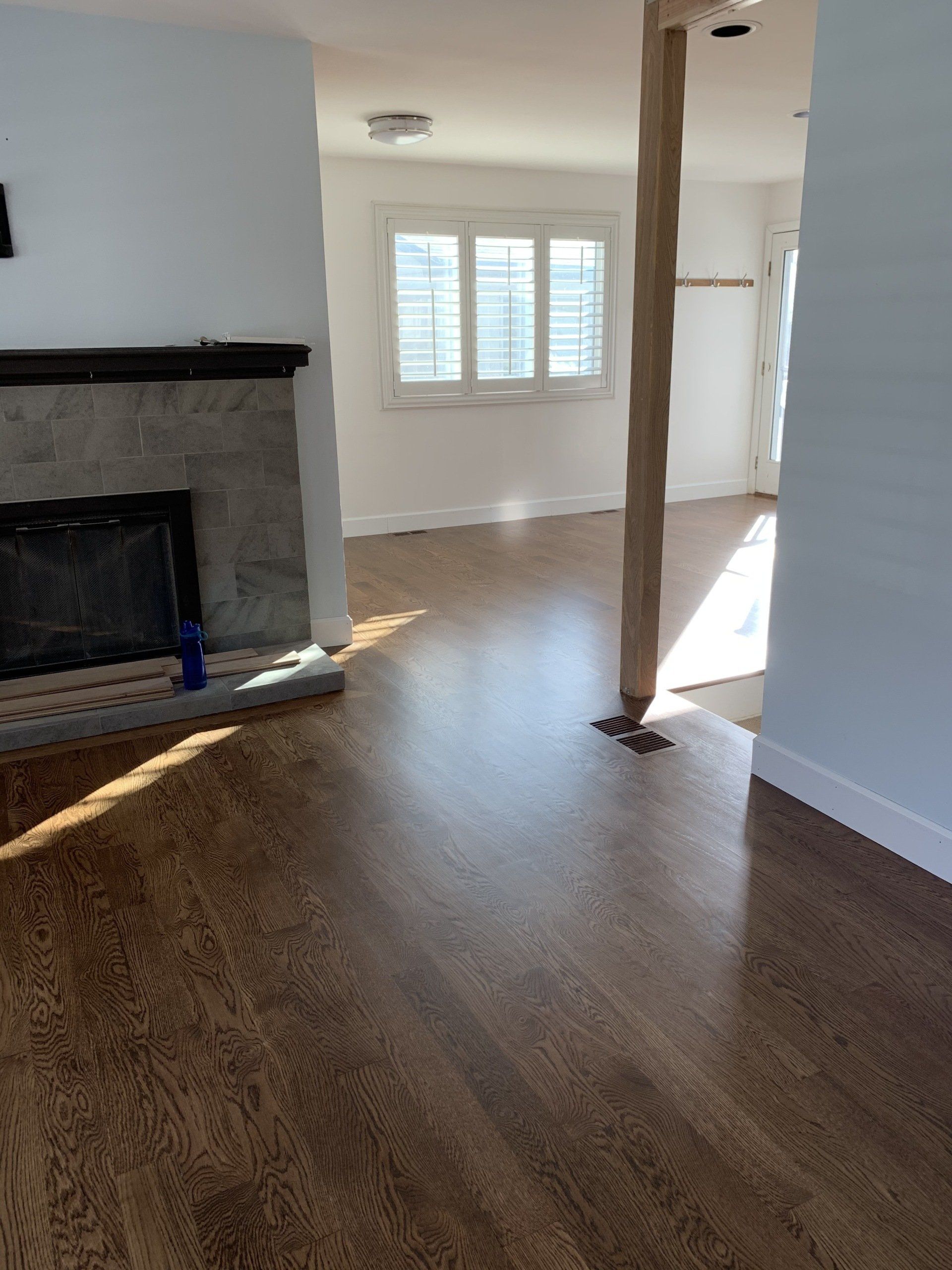Blog Layout
HARDWOOD FLOORS AS LIFELONG FLOORS
We know that hardwood floors are the most popular flooring choice for home buyers across the country and that their versatility goes with all styles – contemporary, traditional, country. But what is meant when hardwood floors are described as a “lifetime” flooring or a “lifelong” investment?
Let’s start with the question of “Whose life are we talking about?”. It is the life of the house. Yes, the house. Given that houses can stand for many generations – that is a long time! My own house was built in 1944 and we still have the original hardwood floors in our home. I talk to many homebuyers and homeowners about the balance between new designs and technology but “keeping the character” in these older homes and it generally comes down to three items - people want new kitchens and baths and old wood floors. Now let’s be honest: if you don’t appreciate some character and imperfections or want everything to be new, you don’t buy an old house!
So how do hardwood floors last a lifetime? To start, let’s take another look at the older homes. All the old homes were built with solid wood flooring. Engineered flooring (some portion of real wood on top of some sort of a backing) did not exist until relatively recently. While advances like engineered woods have expanded where we can install hardwood floors (i.e., over concrete and radiant heat), solid wood floors do afford us more options for repairs. In the couple of decades since engineered wood floors have become readily available and popular, homeowners have learned that although their engineered floors may have been initially “quick, easy, and less expensive”, an insufficient amount of real wood on top may not allow for the floors to be refinished when damage does occur. Additionally, many of the engineered floors are prefinished in whatever style is trending. If you can’t refinish your floors, you don’t have enough material to replace your damaged area, and you can’t find/buy more material because your floor style is no longer trending and therefore not being manufactured, you are faced with a very expensive and inconvenient full replacement of your floor.
In addition to the use of solid wood, we also need to consider the species of wood. In the older homes here in Utah, the wood builders used was mostly oak, plain-sawn and quarter-sawn, although we do see some maple. While hickory is “newer” in its use as a flooring material, I would like to include it with this discussion. These woods are classic/timeless woods that are readily available here in the USA. If the trees are still being grown, then we will always have the material available to replace damaged areas (no need to replace the entire floor!). Keep this in mind if you are considering exotic woods. While some exotic woods are considered classic/timeless domestic woods for the areas in which the trees grow (i.e., Brazilian Cherry, Santos Mahogany) and therefore SHOULD be available to us in the USA, do be cautious of the woods you have never heard of. Additionally, oak, maple and hickory are all fairly dense woods. The denser the wood, the better they will stand up to the traffic in our homes.
Finally, to help your hardwood floors last a lifetime you need to understand how to care for them. While one of the great benefits of hardwood floors is that they can be refinished to look like new, you don’t want to refinish your floors too often. Sanding your floor not only involves taking off the old finish, but also some of the wood. How much wood depends on how deep the scratches or other damage is. Once the wood has been sanded down to the tongue and groove, the life of your hardwood floor is over.
With the finishes being used today (polyurethane, water-based finishes, acid finishes), the long-term maintenance on hardwood floors is to do a periodic recoat. This is a one-day (for most homes) buff and apply one coat of finish to your floor. Floors are going to get worn; you just want the wear to happen in the finish. If the finish wears away, the damage will happen in the wood. The only way to fix damage to the wood is to completely sand the entire floor (more time and money than a recoat!). No finish manufacturer will say exactly when a recoat should be done as it is dependent on the amount and kind of traffic. I tell my clients that when you can see the dulling in the finish in the high traffic areas (hallways, direct path to the refrigerator, etc.) to give me a call. I can take a look and we can come up with a plan. If you keep up with the recoats, you will not need to refinish your floors as frequently, making your hardwood floors truly a "lifetime" floor.
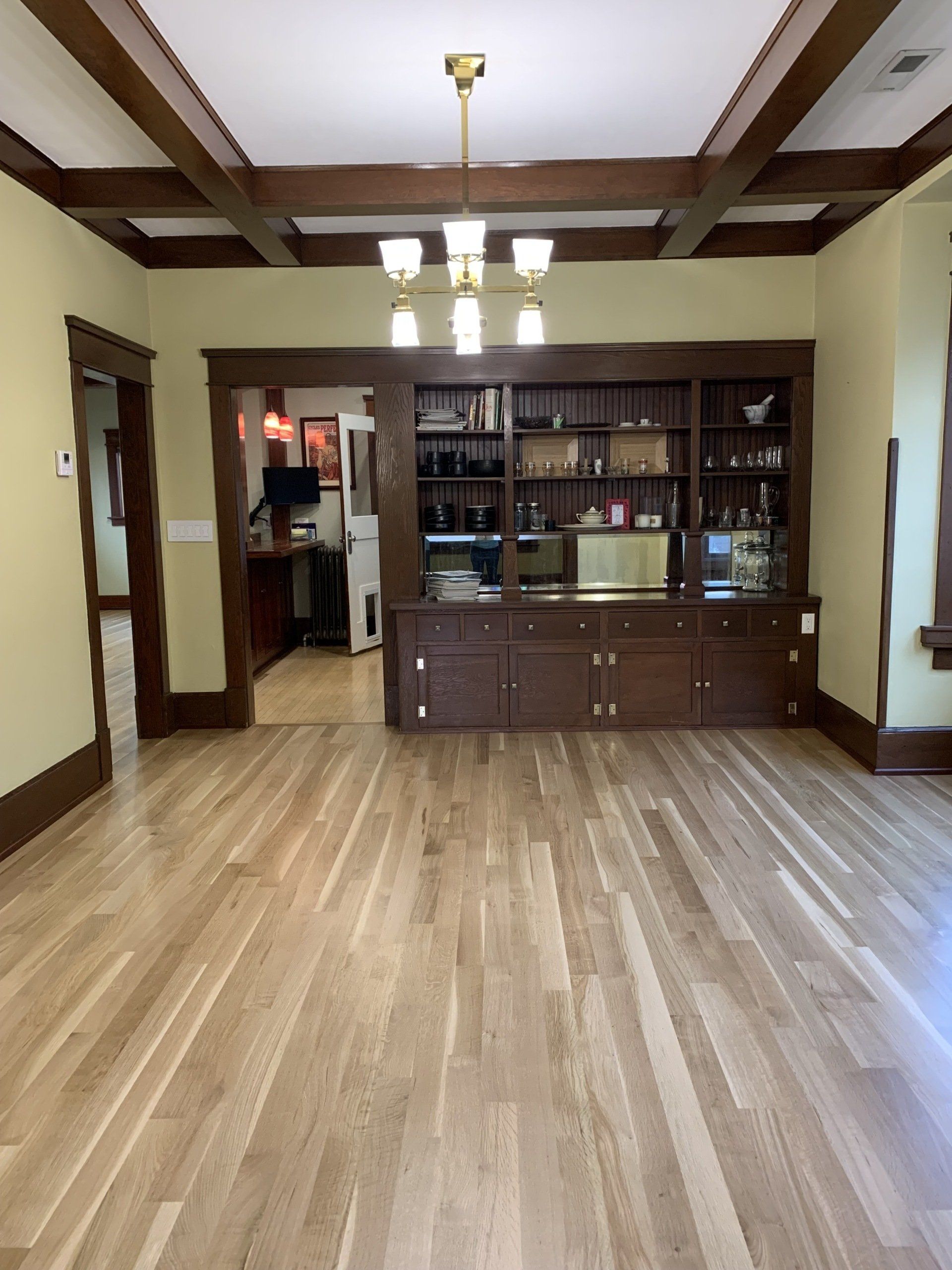
September 2, 2021
When homeowners buy an older house, oftentimes they do so because they like the "charm". The charm they are referring to are the original moldings or built-ins, but the "charm" they also get to live with are things like uneven subfloor - you know, the kind where the Christmas tree needs a major shim so it doesn't fall over?! We knew we had some subfloor issues to address in this older home in Sugarhouse, but when we stripped all of the old layers of flooring back to the original subfloor, what we found was the worst subfloor I have seen in the 16 years I have been doing hardwood floors. We know that houses settle over time, but we had 1 corner of subfloor that was over 2" below the bottom of the baseboards! Matt spent a week building up and leveling out the subfloor. Of course the rift and quarter sawn white oak floors turned out gorgeous, but I took it as an even better compliment when the homeowner said it was "strange walking on it without the movement". May your subfloors be flat and your Christmas trees stand straight - without assistance!

June 30, 2021
This year I have been trying to share the quirky things that come up on jobs, because almost every job has at least one unanticipated thing that requires a decision on how to handle the quirky item. At this home in Sandy, it was a surprise to find that the base plate under the spindles was not only not 3/4" thick, but it was a veneer. The staircase is really well built, so we anticipated butting the new 3/4" wood in the upstairs hall flush with the base plate and sanding everything to match. When we discovered that the base plate was thinner than our wood flooring and not able to be sanded, the homeowners and I literally sat on the floor and played around with flooring and nosing pieces to come up with a plan. We decided to bevel the edges of the wood flooring to ease the transition in height, and that the homeowner would paint the base plate white after we were finished with the floor. Jose did a great job executing the plan and the homeowners are happy with the outcome of the whole job, even if it does require a little more work on their end to get the base plate painted.
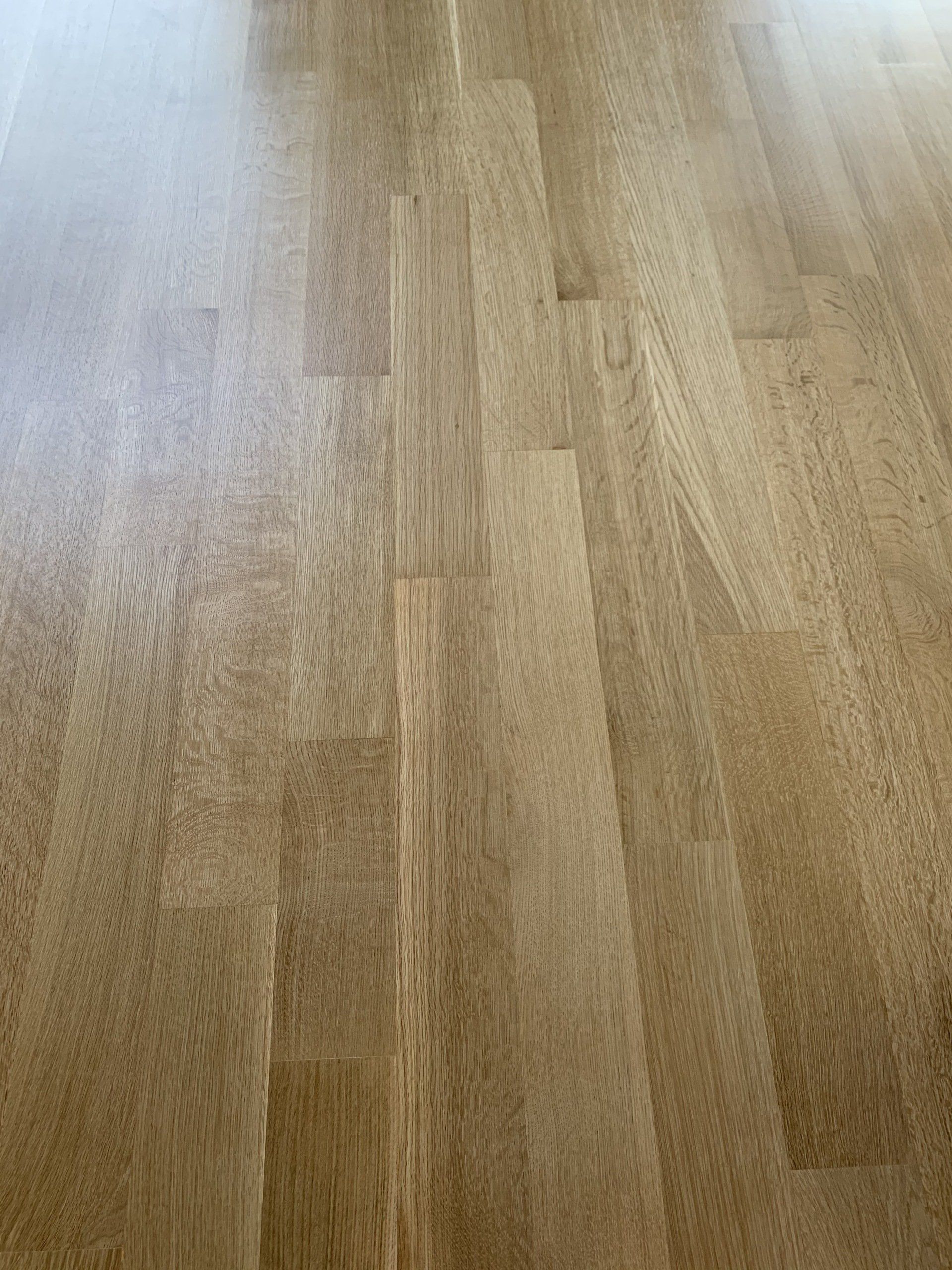
May 24, 2021
How to make all the different wood tones in our home look good together, including those we inherit with the home and those we bring in with our furniture, is a dilemma shared by many homeowners. This Park City homeowner's wood beams have taken on an orange tone, her brown baseboards have a slight green undertone in some areas from sun exposure, and she had her kitchen cabinets painted black several years ago. We decided that keeping the floor light and neutral, in color and grain pattern, would be best. She selected rift and quarter sawn white oak with a water-based sealer to keep the space bright without competing with the other wood tones. Beautiful home accomplished!
Follow Us
Licensed and Insured
Free Estimates
